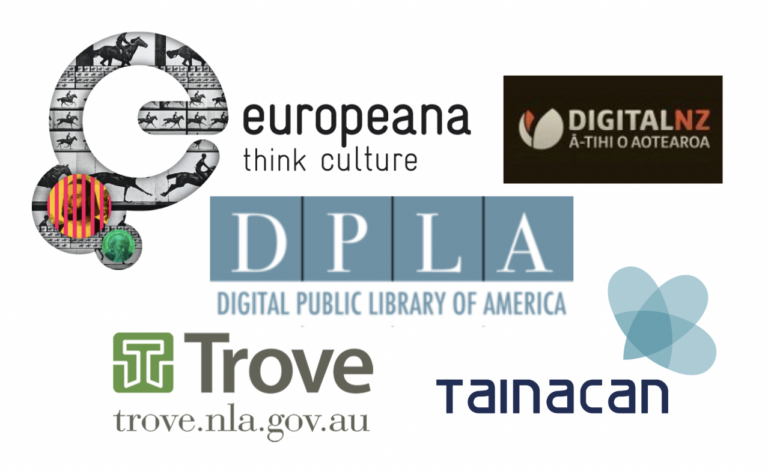English shortened version of a post originally published on the “Brasiliana Museus” blog.
After a difficult period for the cultural sector in Brazil, digital collections have received a significative boost with a new digital service launched by the Brazilian Institute for Museums (Ibram) — Brasiliana Museus. The positive outcome can be traced back to initiatives from PT administrations (2003-2016), which produced positive strides in the field of digital culture policies, particularly in spaces conducive to their preservation and development.
Key initiatives include the “Acervo em Rede Program” established at the Brazilian Institute for Museums (Ibram) in 2013, focusing on digitizing and documenting museum items for web publishing. Simultaneously, the “Tainacan Project“, launched in 2014 through collaboration between the Ministry of Culture and the Federal University of Goiás (UFG), aimed to create a prototype repository for digital cultural collections using open-source software.
In 2013, during Marta Suplicy’s tenure at the head of the Ministry of Culture, a call for proposals named “Preservation and Access to Afro-Brazilian Heritage Assets” managed to induce exploration into management models for innovation in free software. This initiative, articulated by the ministry’s Digital Culture sector, led to a technology prototype that could enhance interoperability among archives, libraries, and museums.
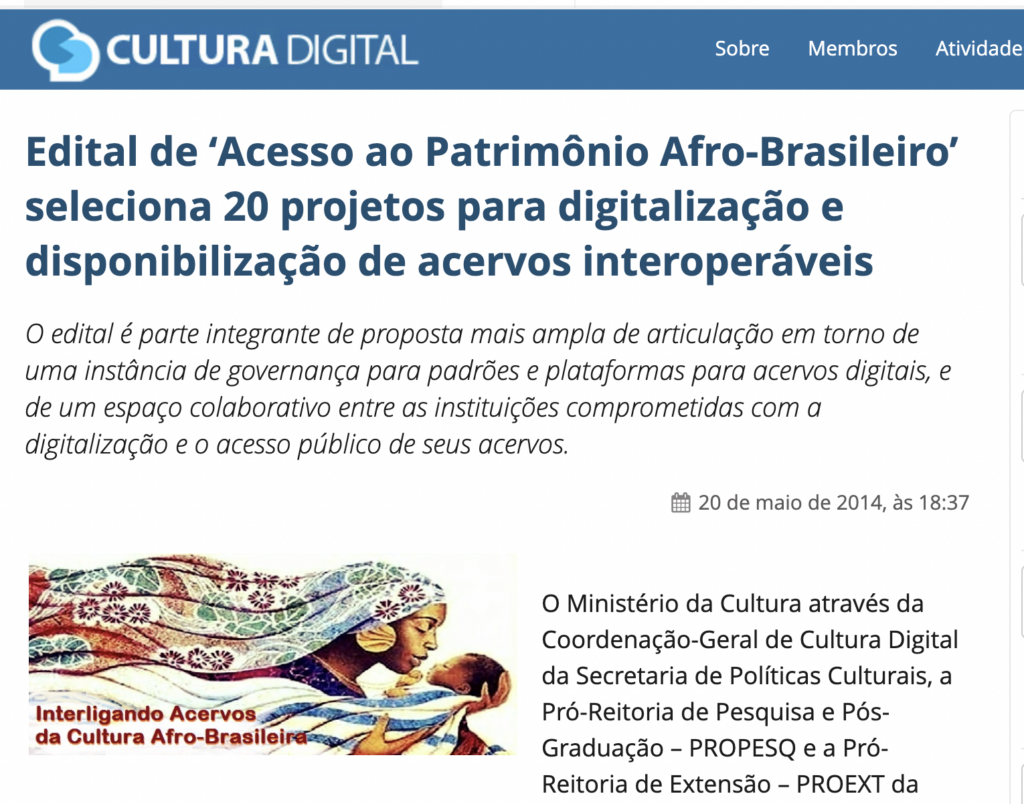
The Afro-Digital call sought projects for collecting, rescuing, recovering, conserving, and making collections publicly accessible in digital form, particularly in the Afro-Brazilian cultural context. The partnership with the Laboratory for Participatory Public Policies (L3P) at the Federal University of Goiás (UFG) was instrumental in developing the open-source Tainacan technology, ready to support the proposal for an integrated policy by the Ministry of Culture. The result of the Afro-Digital call was published in one of the early versions of the Tainacan software: “Afro-Brazilian Culture Collection – MinC / UFG / UFPE.”
With the dissolution of the Ministry of Culture in 2016 during the Bolsonaro years, the Brazilian Institute for Museums – Ibram became a direct partner and the main supporter of the Tainacan Project, taking on the strategic vision of bringing together Brazilian cultural institutions around an integrating network initiative. Ibram’s effort to maintain technical dialogue at different levels with experts from Europeana, an institution leading the way in the field of networked digital collections in the European Union, was crucial in shaping the Tainacan Project.
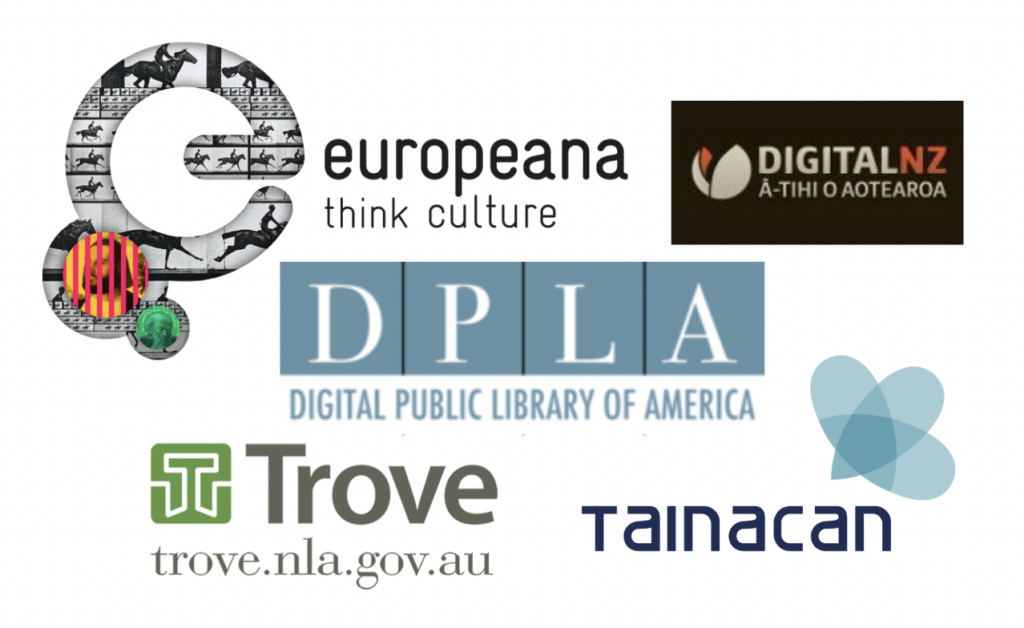
Among the main efforts, it is worth mentioning the inclusion of Ibram (Tainacan Project) as Brazil’s representative at the “Digital Libraries Quarterly Meeting,” a periodic virtual gathering that between 2016 and 2018 brought together the executive coordinators of the major global digital libraries at the time: Europeana (Europe – Jill Cousins), the Digital Public Library of America (USA – Dan Cohen), Trove – National Library of Australia (Deirdre Kioorgard), and DigitalNZ (New Zealand – Andy Neale), to develop joint strategies and guidelines.
The recurring theme in the “Digital Libraries” meetings was joint strategies and initiatives for linking global digital heritage collections. All these international initiatives point to the model of integrating collections from different cultural institutions, relying on collaboration among partners for continuous evolution in exploration services and contextual search.
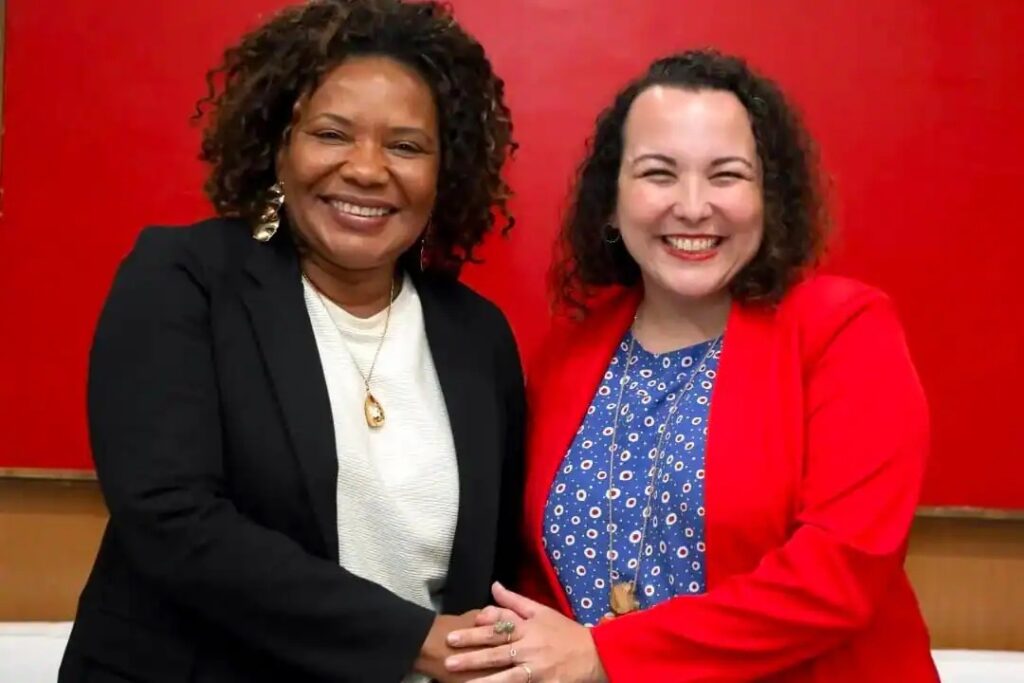
With the start of Margareth Menezes’s administration at the reborn Ministry of Culture in 2023, and the appointment of Fernanda Castro to assume the presidency of Ibram, the initiatives of the Acervo em Rede Program, which had remained with a limited scope, take on a new dimension. The new management incorporates the “Public Management Model for Free Software Innovation” (based on Agile methods) and rebuilds Ibram’s capacity to operate Digital Culture public policies autonomously. The ongoing restructuring process prioritizes the convergence of Information Technology with Information Science, inspiring a modern conception for Ibram’s future, focused on the challenge of ensuring the preservation of cultural heritage in digital form for future generations.
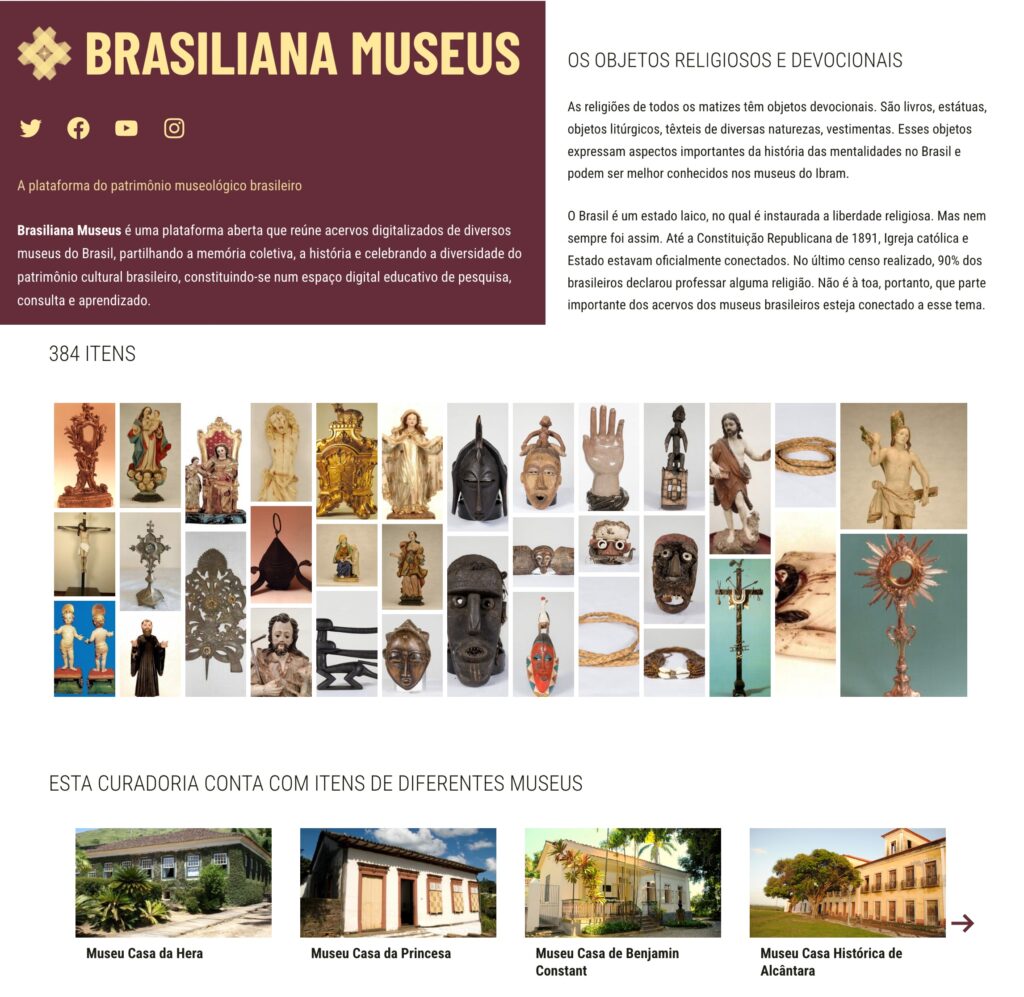
The arrival of “Brasiliana Museums” in the national museum field presents a path and a model for organizing networked collections in Brazil. Initially designed as an aggregator restricted to Ibram museums, we are now following directives from Margareth and Fernanda, “Brasiliana Museums” will, at the time of its launch on September 2023, be open to registrations from Brazilian museums (we have +4k of them) interested in joining the network. We understand that managing this integration process, which is likely to occur in a connected environment favoring collaborative governance, must involve instances of participation and consensus-building among the involved institutions. Ibram, as an advocate for interoperability standards in digital museum collections, has an interest in formulating an information policy for interconnected collections.
The launch of the “Brasiliana Museums—Brazilian museum heritage network” service represents the first experience of aggregating cultural collections based on a public policy in open-source software (Tainacan technology), aligned with national guidelines previously developed in consensus with the field and in harmony with major international experiences.
It is a significant milestone in the trajectory of public policies for digital collections in Brazil.

